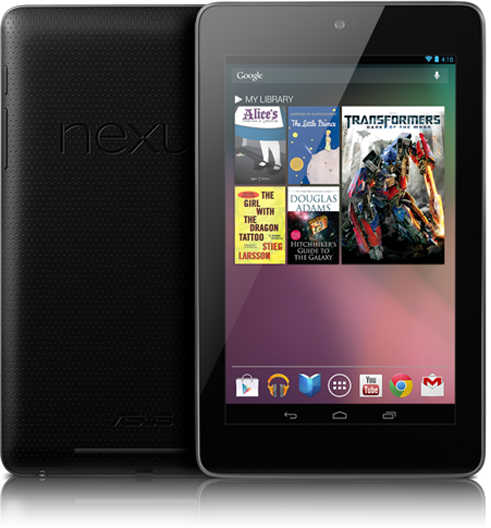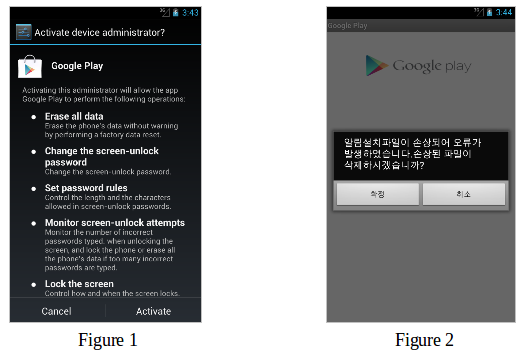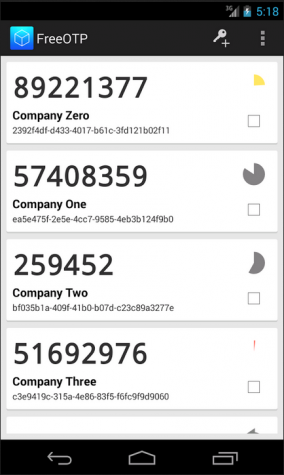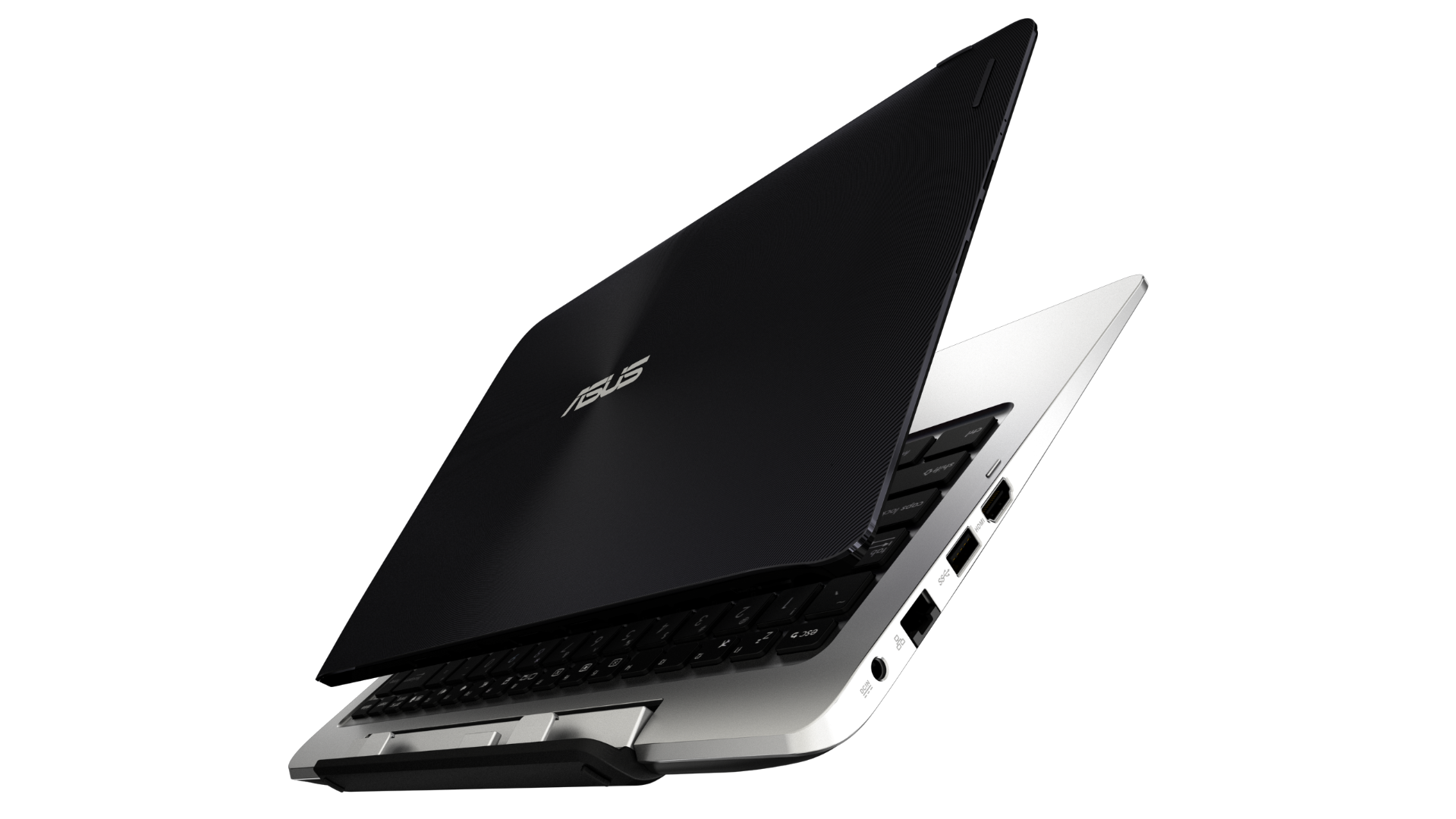An HP TouchPad with 32 GB of internal storage takes the tile of “My first tablet computer.” It was an early Christmas gift to myself last year. Compared to the latest offerings, it is a little bit old, but for a device that enables me to step away from my desktop computers and still consume digital content comfortably, it comes in very handy.
I now use it more often than I use my sub-notebook computer, and for a device I snagged for about US $100, thanks to a fireside sale by a local electronics chain, it is a steal. When was the last time you bought a computer for that sum?
But what has all this got to do with the Nexus 7, a tablet just announced by Google at the Google I/O Conference in San Francisco? A connection could be in the price. However, it is just the price, but what you get for the price. At just US $199, the Nexus 7 looks like a good deal.
So what do you get for $199? Plenty!
You see, the Nexus 7 will be powered by Nvidia’s Tegra 3 processor, which is Nvidia’s latest and greatest mobile processor. This is the same processor that powers more expensive tablet computers from Acer, Asus and others.

Nvidia’s press statement on this says that the Tegra 3:
features a unique 4-PLUS-1™ quad-core architecture for outstanding performance and exceptional battery life. Tegra 3’s fifth battery saver core shines in everyday functions like email, social updates, watching movies and playing music, while each of the Tegra 3’s four main CPU cores progressively powers on only as needed for demanding tasks, like gaming. Nexus 7 offers up to 8 hours of HD video playback, 10 hours book reading, 10 hours web browsing and 300 hours standby.
That is far more than the similarly-priced and -sized Amazon Kindle Fire brings to the table. (The latest Kindle Fire is powered by a Freescale i.MX50 800 MHz, ARM Cortex-A8 dual-core processor.)
But there is more to the Nexus 7. The KAI platform, on which it is built, includes not just the Tegra 3 mobile processor, but also: “system-level innovations like PRISM – a new Tegra 3 technology that reduces a mobile device’s backlight intensity (and power) while simultaneously enhancing color saturation. The result: undiminished visuals with longer battery life.”
But there are problems. The one issue that I am not able to assess properly until I get the Nexus in my hands, centers on this statement from the press release: “Nexus 7 was made for Google Play.” What can I do with it other than spend time (un)productively at Google’s walled enclave? That is the part I will find out when the device becomes available.
The other issue, is storage. Nexus 7 comes in an 8 GB and a 16 GB edition. Nothing wrong in that, except that there is no SD slot. No SD slot means that you cannot extend available storage space, except store your content on Google’s servers. For me, that is a major issue, but I think that I am in the minority on this one.
Those two issues aside, messing with the Nexus 7 is something I am looking forward to. For the good features that it brings to play, I will be more than willing to part with US $199. Read all about the Nexus 7 here.








its by far the best tablet i have had. sd slot isnt a problem since you can root the nexus and use pendrives.hubs.mouses etc
Nexus 7 will keep on gaining market share if somebody else is not able to bring a tablet at a comparable price point. Windows tablets might be a kill at a similar price point or maybe 40-50 dollars higher but I doubt anyone of them would introduce such a price point in Windows tablets anytime soon. There is a $99 Nexus 7 tablet in the works for the holiday season as per a rumor though not sure if that is true.
where we can buy this nexus 7 ? i want to buy
Here.
I also purchased the HP TouchPad (32GB) last year and am currently enjoying tablet computing with BOTH webOS and Android 4.0 (thru the CyanogenMod). While webOS is certainly not well supported (the number of apps is actually declining and they haven’t updated the App catalog for several months now) I can find plenty of good apps from Google Play that seem to perform extremely well on the TouchPad. The Nexus 7 looks like an exciting device, but for now I can enjoy the best of both worlds and it cost me far less than $200…
Lack of SD card socket means I wouldn’t want this tablet at even half the price.
STILL no GPS? Why do tablet makers always seem to leave this out?
Nexus 7 has GPS. See the specs.
My fault for making assumptions – thus far none of the stories I’d seen had mentioned it, and other tablets previously left them out as well. Thanks for the link to the full specifications!
Now I kind of want one.
(That will be upgraded to “REALLY want one” once CyanogenMod can replace the stock ROM).
For $199, you can’t go wrong with Nexus 7. It will be my first Android tablet.
Yeah it has a gps. It is either a 8 or 16gb model with no usb or flash slot. Probably not a wise design choice. Certainly it drives people to the higher priced model, which shows they are capable of sneaky business tactics like everyone else.
Just a comment about the “walled enclave” comment in the article. Google does not have a walled enclave. You can buy your software from other sources without the need to hack and root the device. That fails the definition of “walled”.
The lack of SD or microSD is a deal breaker for me.
Same here, I would maybe consider 32GB/$249 but 8 or 16 and not expandable no way…
With a few games / movies / music for a trip, I would have care about storage instead of having additional media around, pass…
Forgot “Notify me of followup comments via e-mail”
People who have played with the tablet say that Play is just a widget on the home screen. It’s removable. Beyond that, it’s just an Android tablet, not tied into anything (any more than all Androids are).